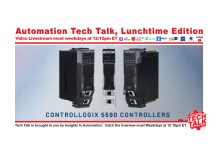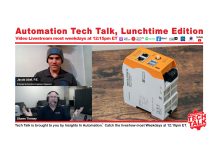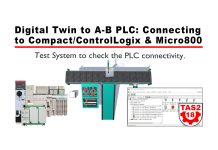
In our last article we learnt about the architecture of our IoT system, to continue with our series in this article we will learn how to register a “Thing” on AWS IoT, which is required to use IoT services provided by AWS.
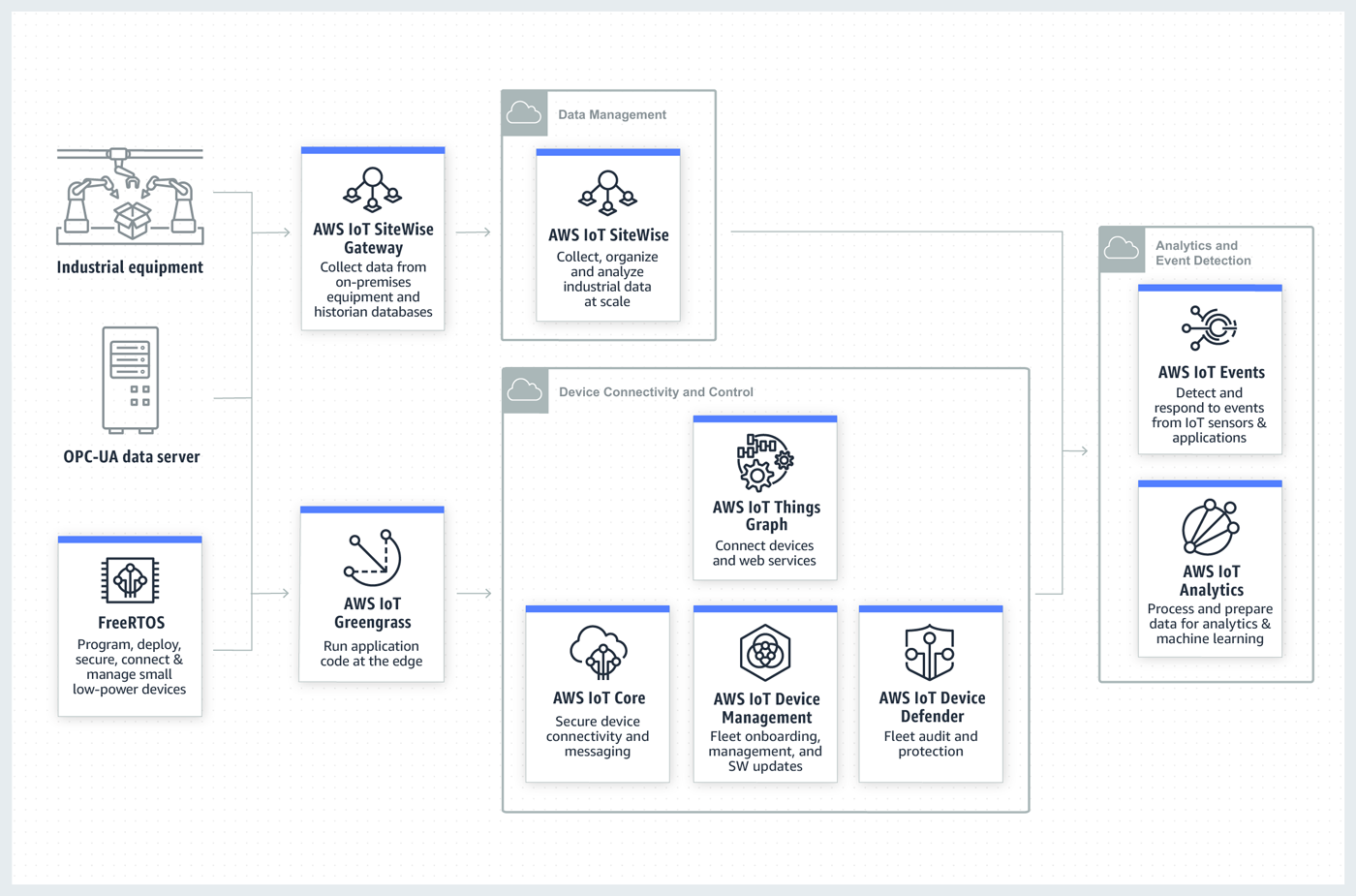
AWS IoT Setup:
Most of IoT system needs data management that includes the collection, processing, storing, and analyzing of massive streams of data from multiple different sources located in an interconnected network and we have many external cloud service providers like: Google Cloud, Amazon web services, Alibaba cloud services, etc. to provide this services. For our example, we are going to use AWS IoT for data management and processing services.
Why AWS IoT?
According to Amazon, “The AWS IoT service provides secure, bi-directional communication between Internet-connected devices such as sensors, actuators, embedded micro-controllers, or smart appliances and the AWS Cloud.”
AWS also provides wide range of services like: AWS SNS (Simple notification services), AWS RDS (Database services), AWS analytics, machine learning, etc. hence AWS IoT is the most convenient option for us, as an IoT system requires this other services as well and as we are using all of the services from same provider i.e. AWS, our billing management becomes easier.
Cost effective:
Apart from service costs, AWS is globally used, hence we have ample amount of documentations available and because of its popularity lots of people opt for AWS certification which results in cost effective and quality resource availability.
Let’s move forward to register a “thing” in AWS IoT:
This article shows you how to set up and register a “thing” for AWS IoT services using the AWS web interface (https://aws.amazon.com/console/).
In terms of AWS IoT, the term “thing” refers to any internet-connected device, including sensors, actuators, embedded micro-controllers, smart appliances, computers etc.

In our case it’s Allen Bradley control logix PLC controller, from which we are getting our data.
AWS IoT set of services includes numerous components, which include:
-
Device gateway
-
Message broker
-
Rules engine
-
Security and Identity service
-
Registry
-
Device shadow
-
Custom Authentication service, etc.
But to use any of this components of AWS IoT, a thing must first be registered.
To register a thing, start by logging into the AWS Control Console using an account with administrative credentials and navigate to IoT Core service of aws services.
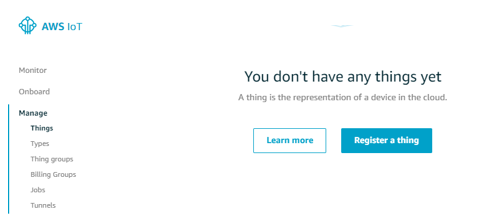
Then from sidebar navigate to Manage then to Things.
As you can see in Figure 1, there are no things registered yet, so click the Register A Thing button to start the process. Figure 2 reveals that you can bulk register similar devices at the same time, but for this example, we will register a single thing.
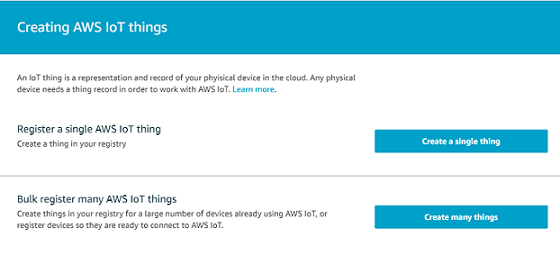
The first question on the next page asks you to give your new thing a name and to classify it as a specific type of thing (Figure 3).
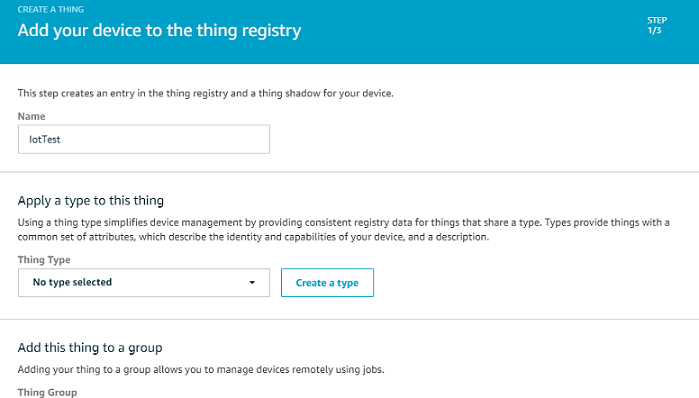
You will have to create a type for your new thing. Click the Create A Type button and provide a name and description of this new type of thing. Click Create This Type when you are finished.
The next screen asks you to provide an authentication certificate for your newly registered thing (Figure 4). This is an important step for security purposes because no matter how many things reside on your
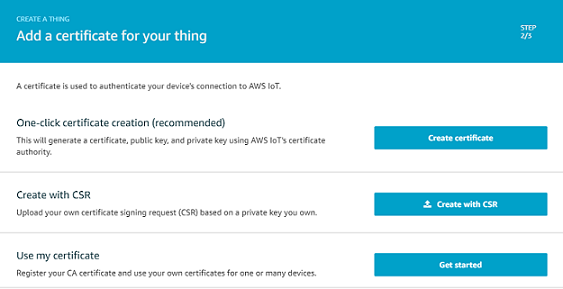
IoT system, each and every one must have a certificate that identifies and authorizes its data
AWS recommends you use the one-click method and for this example, we will keep it simple and use the one-click method.
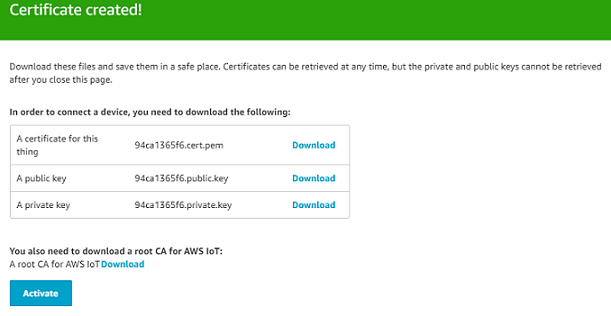
Make sure to download the certificate, public and private key, as this will be required while configuring MQTT nodes for data transferring.
Click on done and now you have successfully registered a thing.
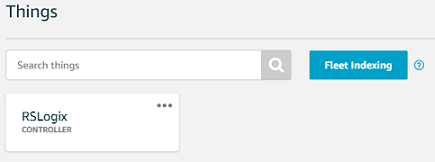
Conclusion:
In this article, we discussed steps to register a thing using AWS web console, as this is the first step towards our AWS IoT setup.
In an upcoming article we’ll learn “How to setup an EC2 instance on AWS and install node-red server on it.”
Written by Nilesh Soni
Provider of custom ERP solutions and Freelance Writer
Edited by Shawn Tierney
Have a question? Join our community of pros to take part in the discussion! You'll also find all of our automation courses at TheAutomationSchool.com.
Sponsor and Advertise: Get your product or service in front of our 75K followers while also supporting independent automation journalism by sponsoring or advertising with us! Learn more in our Media Guide here, or contact us using this form.
- How To Register A Thing In AWS IoT - June 4, 2020
- IoT Architecture: Allen-Bradley PLCs to Amazon AWS - April 30, 2020
- Getting A-B PLC Data Into A Raspberry Pi - October 23, 2019




